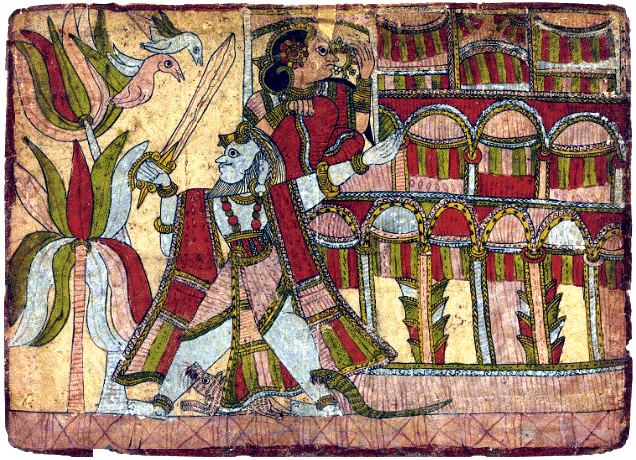 | ||
Ahwach assaka 2015
Assaka (Pali) or Ashmaka (IAST: Aśmaka), was a Telugu region of ancient India (700–300 BCE). It was one of the shODasa (sixteen) mahajanapadas in the 6th century BCE, mentioned in the Buddhist text Anguttara Nikaya.
Contents
The region was located on the banks of the Godavari river, between the rivers Godavari and Manjira. It was the only Mahajanapada situated to the south of the Vindhya Range, and was in Dakshinapatha. It corresponds to districts Nizamabad and parts of Adilabad in Telangana and Nanded, Yavatmal in Maharashtra states in current-day India.
The Prakrit name of Bodhan (Telugu: బోధన్) is from "bhoodaan" (Sanskrit: भूदान) (Telugu: భూదాన్) meaning "Land given to poor as alms", identified as present day Bodhan. The capital is variously called Potali, or Podana, which now lies in the Nandura Tehsil.
The Buddhist text Mahagovinda Suttanta mentions about a ruler of Assaka, Brahmadatta who ruled from Potali.
The Matsya Purana (ch.272) lists twenty-five rulers of Aśmaka, contemporary to the Shishunaga rulers of Magadha.
Later, the people spread southward to the territory of the Rashtrakuta empire, which is now in modern Maharashtra.
Ashmaka is also identified as Assaka and Aśvakas in Buddhist literature and Gatha Saptashati of king Hāla. Ashmaka is derived from Sanskrit word "Ashma" which means Stone or Gem: In fact one finds thousands of hillocks and stones in this region and thus aptly called Ashmaka. There is a speculation that about 10 to 20 Million years back, there was a heavy Meteoroid fall in this Region.
